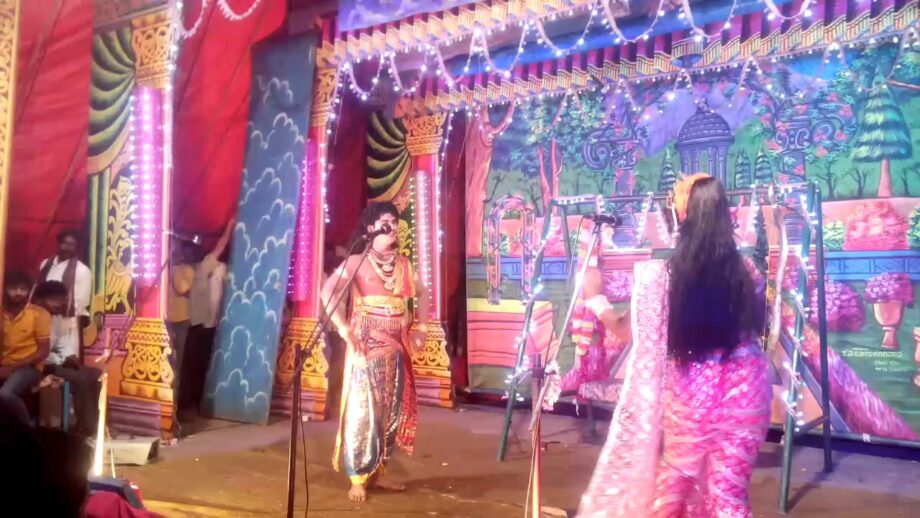The palaces which were supporting Yakshagana troupe saw the emergence of a new troupe called Aramane Nataka Company. In 1884, the famous Gubbi Company also came into existence which is living till day and has celebrated its century only a few years ago.
Modern Kannada theatre can be seen as branching from Parsi companies which demanded proscenium theatre and the system to sell the tickets. In 1950 enjoying the patronage by middle-class convert theatre was ruled by mobile professional troupes.
Thereafter, emerged modern Kannada theatre, which is a new form different from traditional Kannada theatre.
Modern Kannada drama started with the translation from Sanskrit drama that can be dated to 1870-80 and was first published in Mumbai in 1887.
B.M. Srikantiah brought in the reforms into Kannada drama. His playwright was strengthened from Asian mythology and classic Kannada literature and other classics.
In 60s Kannad theatre saw major development with the arrival of B.V. Karanth who belongs to the National School of drama. He brought fresh awareness in the Karnataka theatre and establishes it as a medium with its own special features making theatre more flexible and sophisticated.
Thereafter, famous actor, director, and producer Girish Karnad emerged as a powerful objective correlator and interpreter of history. He dwelled deeper into Indian history and render theatre an all India appeal.
Chandrashekhara Kambara is another prominent Kannad playwright who uses ancient material to interpret and date them in the modern context.
The achievements made in the Kannada drama are not in harmony with achievements of Kannada poetry and fiction because it is far behind some of its regional counterparts such as Bengal, Maharashtra, and Kerala.
But as the contemporary groups in Karnataka are becoming more professional and competent in their theatre activities, they are bringing in new concepts and scope of theatre medium.
Kannada culture is quite different from other regional culture. It has been influenced both by the traditional and the external factors. Modern Kannada theatre keeps its roots very firmly in the traditional but at the same time does not eject new concepts.


